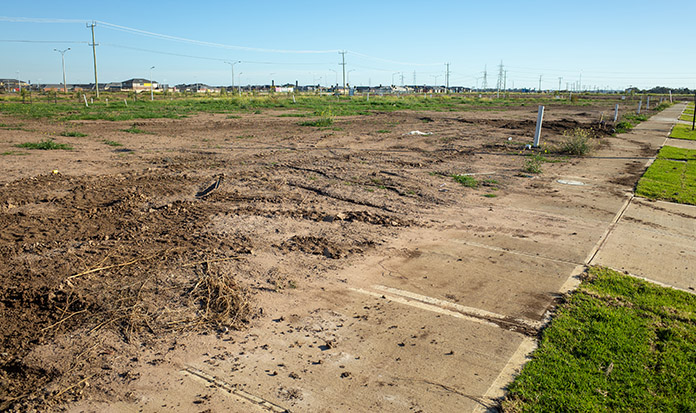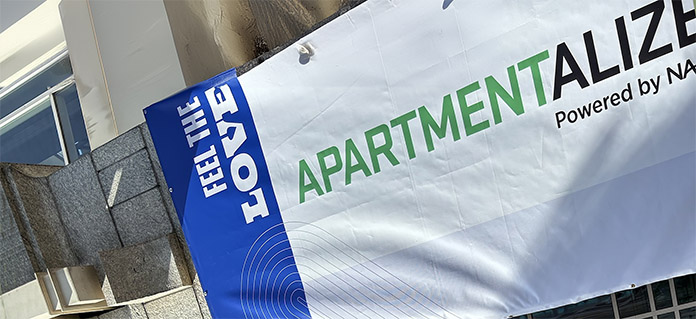A neighbor forwarded me a video titled “Germany from Above.” To the built environment enthusiast, the video delivered a steady stream of breathtaking architecture and craftsmanship through time… with a stark and somber visual shift post WWII.
When I mentioned the contrast to my neighbor, he said that Germans needed housing, and fast, after the war. Modern/ultra-modern construction was a response to practical need.
Time and science teach us that beauty matters to the health and prosperity of a society; it’s an important part of raising intelligent and enduring civilizations. As housing professionals, we witness it daily in our own renditions of “Housing from Above.”
The challenge is valuing a multi-generational view on the citizenry’s health and well-being over cheap and fast. Regulatory overreach only further inhibits this goal.
Studies show that beauty creates productive societies. I personally witnessed this first-hand as the first “cracker boxes” of Pruitt Igoe (the infamously failed public housing experiment of the 1950s-1960s) were erected blocks from my family’s modest, but beautiful, turn-of-the-century brownstone.
How does beauty translate into social productivity? Architectural beauty—an inexplicable experience—releases serotonin, dopamine, oxytocin, and vasopressin in the brain. You’ll find this response in the hypothalamus, a region of the brain that controls vital functions including the regulation of emotions.
The release of these neurotransmitters carries messages across the spaces between the nerve cells and generates a cascade of feelings of well-being. An outcome of this neuron cascade also stimulates productivity.
“There is no shortage of theories about what makes an object atheistically pleasing. Ideas about proportion, harmony, symmetry, order, complexity, and balance have all been studied by psychologists in great depth. The theories go as far back as 1876—in the early days of experimental psychology—when German psychologist Gustav Fechner provided evidence that people prefer rectangles with sides in proportion to the golden ratio (if you’re curious, that ratio is about 1.6:1),” writes Jason Castro in his article, “How the Brain responds to Beauty.”
Researchers have long attempted to define beauty along the same principles. Data and behavioral scientists are particularly interested in beauty in order to replicate it into AI.
Housing providers know that beautifully built environments elicit predictable behaviors and responses in their residents. There is no shortage of theories that attempt to define and chart the impact of beauty on the mind of man.
Will beauty be any more or less compelling if we understand its neuro and mathematical structure? Likely not. Its impact will remain a constant through time and place and lift the soul regardless.
Beauty will continue to call us. And answer we must. Indeed, NAHB’s Pillars finalists in the pages herein have heeded the call.
















